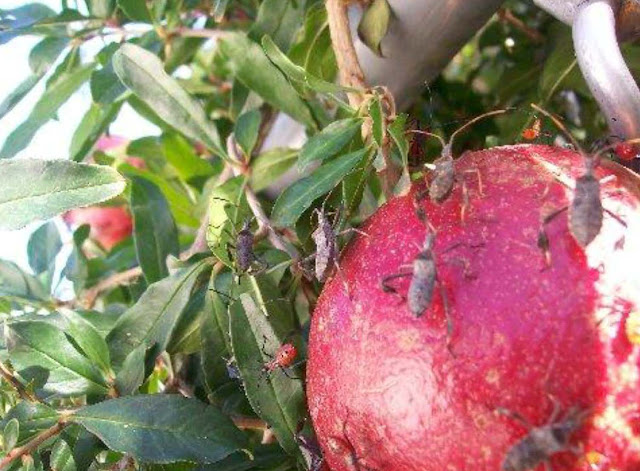Q. I'm transitioning to a landscape with only Mojave Desert
native plants. Cacti, yucca, agave were planted early last spring and are doing well. Will this type of
landscaping ever be free from irrigation like they are in the open desert?
 |
| This is the Mojave Desert, unglorified, about 20 miles north of Kingman, Arizona. Notice the size of the plants. Notice their density. Notice what type of plants they are. This type of landscape requires no extra water. Is this really the type of desert landscape you want? |
A. That’s a tricky question because it assumes you’d be
happy with this type of natural landscape. There is not much shade in the open
desert. If you prefer larger plants to create shade in your landscape, then having
additional plants might be worth the extra water. If you like the open desert and
retreating into your house for shade then yes, you can probably achieve a
landscape without extra water. It might not be very pretty, but you can do it. If
not, then it will take extra water to get what you want.
 |
| With some wisely placed irrigation water using a bubbler and basin, some compost at planting time, some wood chip mulch and annual applications of fertilizer and iron you can grow Crape Myrtle like this one at our research site in North Las Vegas. |
Water
use in landscapes is driven by the number of plants growing there, their mature
size and if they are desert adapted or not. Water use increases as the number
of plants increase, the mature size of these plants and if they originate from
the desert or not. Wise placement of these plants can create very pleasurable
outdoor living spaces.
 |
| The Sonoran Desert has larger plants and more of them because it gets 250% more water than the Mojave Desert. Many people consider it a "prettier" desert because it has many more plants and the plants it has are more diverse in size, numbers and the kind growing there. More water means more plants and larger plants = prettier landscape and better soil. |
For
every plant that survives in the desert, perhaps 1000 or more die because they
don’t get enough water or are not established in the best location for their
survival. Homeowners expect every plant in their landscape to survive.
Plants
make the air cooler. They transpire water from their leaves. This water loss
from the leaves cools the air. And don’t forget the comfortable shade they produce
as well.
 |
| A beautiful desert landscape that is also functional requires water but the water needs to be put in the right locations to get the desired results. An example is this landscape finished by one of my students in my landscape design class from several years ago. |
Water
and comfort are trade-offs. To get the cooling shade from a tree requires extra water.
If you want trees to shade your home during the summer months, then this
requires water. Do you want a garden? Butterflies? Hummingbirds? These add to
our quality of life. This is not a frequent occurrence without occasional extra
water to support this kind of habitat.
 |
| Insects like this mantid in one of my Sweet Acacia requires some refrain from applying pesticides to your landscape. Yes, those are my fingers and my friend. |
Good
looking plants require water unless you like the look of our native plants
growing with the limited supply of water. Trees like mesquite and acacia can
look a little sad growing in the open desert. But in a wash with a perennial
water supply from rain runoff, they can be full and beautiful to look at.
 |
| Desert plants are beautiful like this opuntia flower growing at the University demonstration and research Orchard years ago. But it requires some water. |
So, I
doubt if you can have a good-looking, even sparse, landscape without some
additional water. But you can certainly reduce the amount of water needed in
your landscape by carefully selecting the plants you grow in your landscape and
supply applications of water judiciously and at the right times.


































